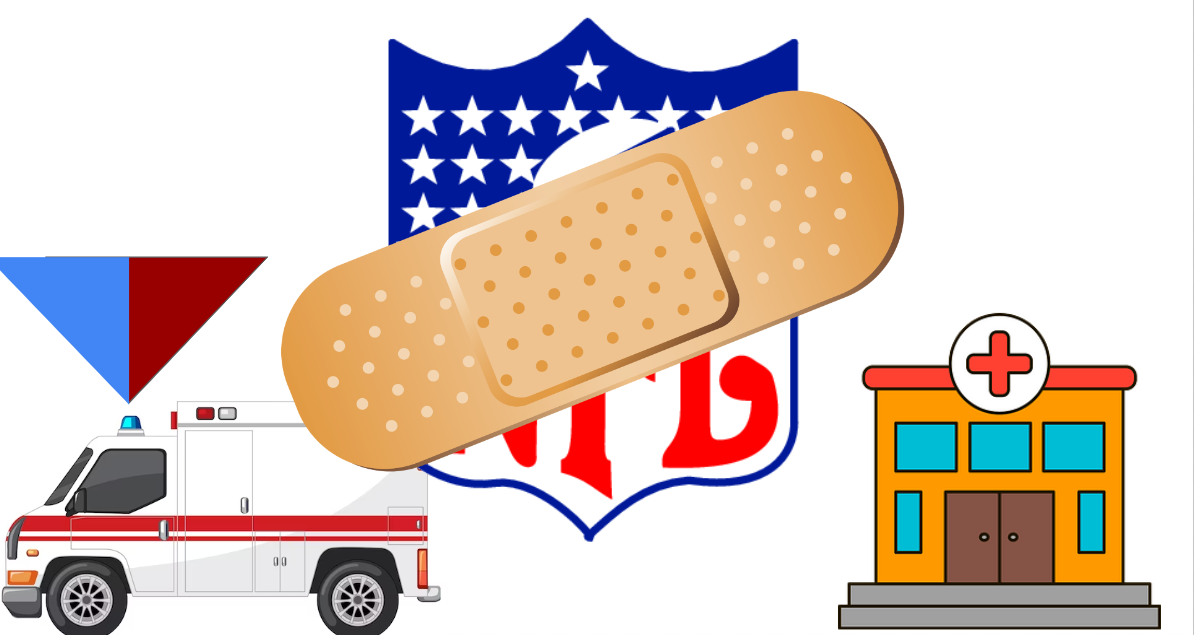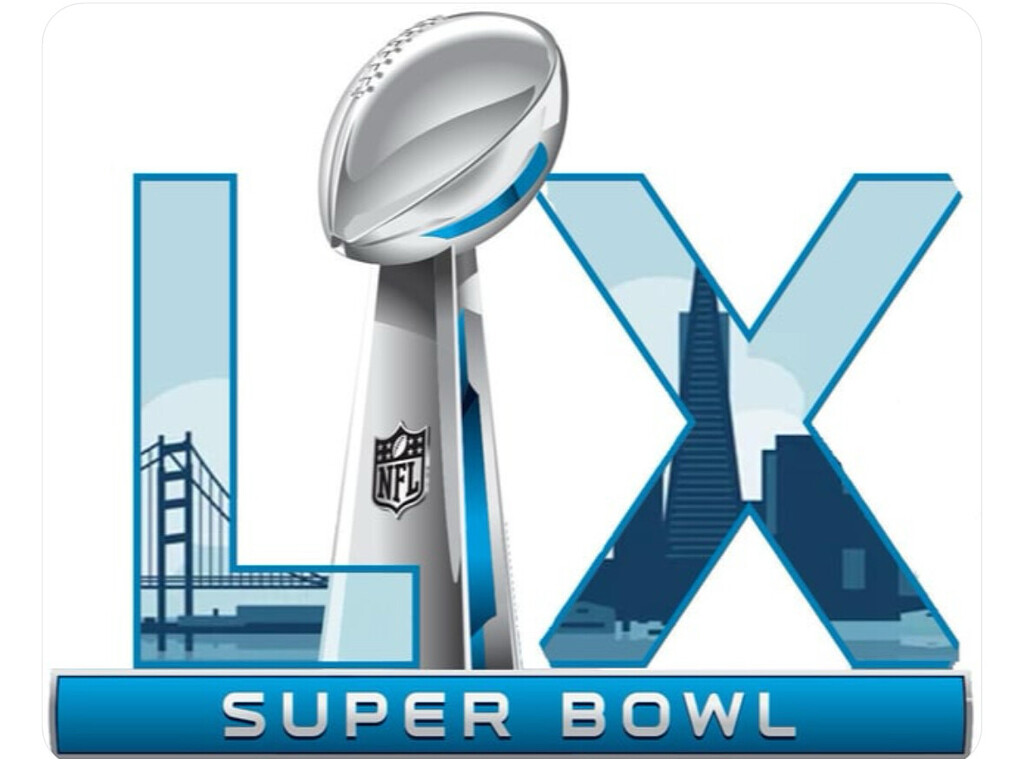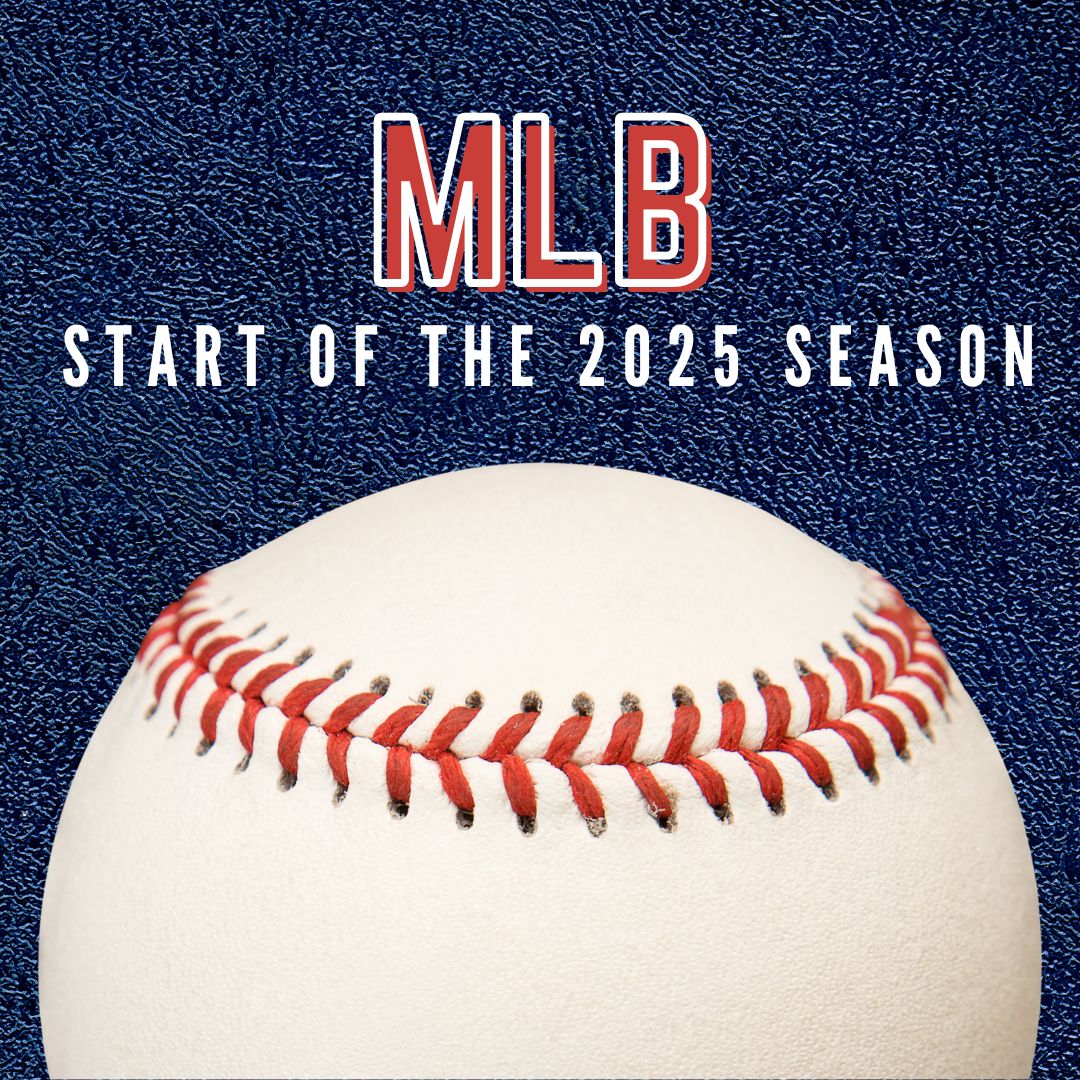The NFL season is already rapidly approaching its midway point as we enter November. Just like any other season, there are teams that look like clear contenders and others who look like nothing but pretenders. Although, at first glance, you’d think the season was just running its normal, somewhat predicted course. This couldn’t be further from the truth. This season, seemingly more than any other in the league’s history, the NFL has been plagued with injuries. Players among the likes of Aaron Rodgers (achilles), Nick Chubb (knee), and Trevon Diggs (knee) are all reportedly out for the season. Additionally, players such as Justin Jefferson (hamstring), Saquon Barkley (ankle), and Jalen Ramsey (knee) have all seen minimal time on the field, if any, due to their respective injuries. What is the common theme for the occurrence of all these injuries? One word: turf.
Football is supposed to be a game that players and fans can come together to celebrate. It’s hard to do so when the league’s biggest stars aren’t out there to entertain. Not only does it take away from the fan’s enjoyment of the sport, but injury-plagued rosters can also lead to playoff complications. Teams losing their best player is a knife to the heart, especially when that team is on the brink of playoff contention. Kirk Cousins and Justin Jefferson of the Minnesota Vikings are perfect examples. Kirk is out for the season with an Achilles tendon tear and Jefferson is coming up on his 4th consecutive week missed with a hamstring injury. This was a team that, with both these players healthy, went 13-4 last season. This season, they’ve already hit the 4-loss mark in less than half the games played. Somehow, the team still continues to win but you can’t help but think how much better they’d be with the whole team together.
Data from the sports analytics company Sports Info Solutions, which provides data and analysis to pro sports teams and other industry groups, shows that “7 of the 10 stadiums with the highest injury counts from 2017 to 2022 had artificial surfaces”. Teams continue to insist on playing on turf, despite data indicating that grass fields are a safer option for players.
The question that a lot of you may be thinking is; Why do teams continue playing on turf if grass is proven to be safer? Coaches and owners reason that artificial turf is known for having a resilient surface, being resistant, and remaining unaffected by inclement weather. To the public, this sounds like a good enough reason to remain playing on synthetic surfaces. Coaches fail to realize somehow that part of the reason turf is so good at withstanding weather is because of how stiff it is to play on. Since water has nowhere to go besides drainage systems in the field, the turf doesn’t soften in inclement weather like grass fields do. This is a blessing and a curse since some players prefer this over the sloppy, muddy conditions of a grass field after poor weather, but there’s no disputing the fact that soft grass is safer than hard turf in wet situations.
What exactly makes turf more dangerous? The answer is simple. With synthetic surfaces there is less give, meaning the player’s feet, ankles, and knees absorb the force. This makes injury more likely to follow. However, grass does provide more give since it’s dirt rather than small rubber pellets. This helps the player’s body to move more naturally allowing more surface area to absorb the force.
It’s not just fans who want a change from turf to grass to be made either. The NFLPA (Players Association) is petitioning for teams to change synthetic turf fields to grass. This has been a long time in the making, and now that there are more injuries than ever it’s no surprise that this topic is becoming discussed more and players want to see change, and soon.






